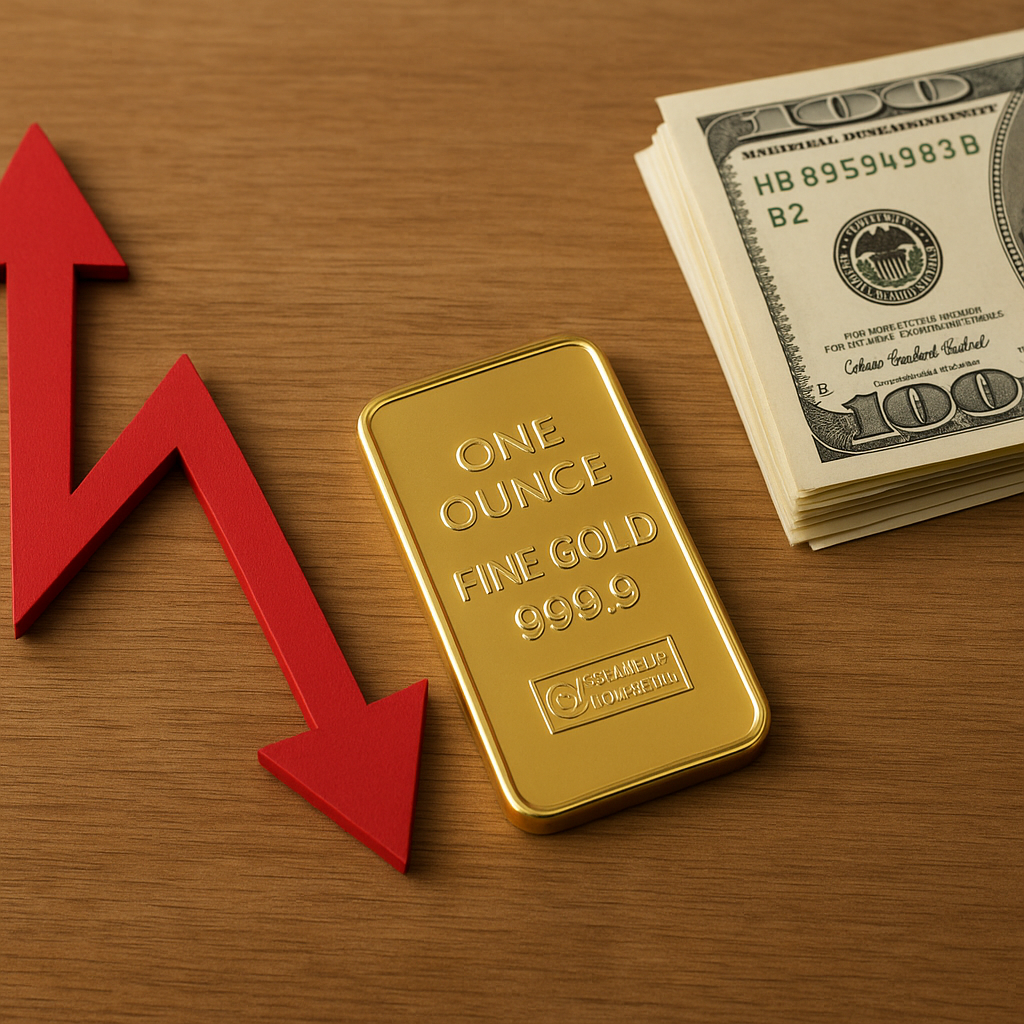Gold has long been considered a safe haven for investors, especially during times of economic uncertainty. As global markets fluctuate and geopolitical tensions rise, understanding the current trends in gold prices becomes crucial for investors looking to safeguard their assets. This article delves into the factors influencing gold prices today and offers insights into what investors should consider when navigating this precious metal market.
Factors Influencing Current Gold Prices
The price of gold is influenced by a myriad of factors, ranging from macroeconomic indicators to geopolitical events. Understanding these factors can help investors make informed decisions about their gold investments.
Economic Indicators
One of the primary drivers of gold prices is the state of the global economy. When economic indicators such as GDP growth, employment rates, and inflation are unstable, investors often turn to gold as a hedge against potential downturns. For instance, during periods of high inflation, the purchasing power of fiat currencies diminishes, making gold an attractive store of value.
Interest rates also play a significant role in determining gold prices. Generally, when interest rates are low, the opportunity cost of holding non-yielding assets like gold decreases, leading to higher demand and, consequently, higher prices. Conversely, rising interest rates can make gold less attractive, as investors may prefer assets that offer better returns.
Geopolitical Tensions
Geopolitical events, such as conflicts, trade wars, and political instability, can lead to increased demand for gold. During such times, investors seek the relative safety of gold to protect their wealth from potential market volatility. For example, tensions in the Middle East or trade disputes between major economies can lead to spikes in gold prices as investors flock to this safe haven asset.
Currency Fluctuations
The value of the US dollar is another critical factor affecting gold prices. Since gold is typically priced in dollars, any fluctuations in the currency can impact its price. A weaker dollar makes gold cheaper for holders of other currencies, boosting demand and driving up prices. Conversely, a stronger dollar can make gold more expensive, reducing demand and putting downward pressure on prices.
Investment Strategies for Navigating Gold Price Trends
Given the complex factors influencing gold prices, investors need to adopt strategic approaches to maximize their returns and minimize risks. Here are some strategies to consider when investing in gold.
Diversification
Diversification is a fundamental principle of investing, and it applies to gold investments as well. By including gold in a diversified portfolio, investors can reduce overall risk and enhance potential returns. Gold often has a low correlation with other asset classes, such as stocks and bonds, making it an effective tool for diversification.
Investors can diversify their gold holdings by investing in various forms of gold, such as physical gold (coins and bars), gold exchange-traded funds (ETFs), and gold mining stocks. Each of these investment vehicles has its own risk and return profile, allowing investors to tailor their portfolios to their specific risk tolerance and investment goals.
Timing the Market
While timing the market can be challenging, understanding the factors that influence gold prices can help investors make more informed decisions about when to buy or sell. For instance, during periods of economic uncertainty or geopolitical tensions, gold prices may rise, presenting potential buying opportunities for investors looking to capitalize on these trends.
However, it’s essential to approach market timing with caution, as predicting short-term price movements can be difficult. Instead, investors may consider adopting a long-term perspective, focusing on the underlying fundamentals that drive gold prices over time.
Hedging Against Inflation
Gold is often viewed as a hedge against inflation, as its value tends to rise when the purchasing power of fiat currencies declines. Investors concerned about inflationary pressures may consider increasing their gold holdings to protect their portfolios from potential erosion of value.
In addition to physical gold, investors can explore other inflation-hedging instruments, such as Treasury Inflation-Protected Securities (TIPS) or commodities, to complement their gold investments and enhance their overall inflation protection strategy.
Conclusion
Understanding the current trends in gold prices is essential for investors looking to navigate the complexities of the precious metal market. By considering the various factors that influence gold prices, such as economic indicators, geopolitical tensions, and currency fluctuations, investors can make more informed decisions about their gold investments.
Adopting strategic approaches, such as diversification, market timing, and hedging against inflation, can help investors maximize their returns and minimize risks. As global markets continue to evolve, staying informed about the latest developments in the gold market will be crucial for investors seeking to safeguard their assets and achieve their financial goals.












